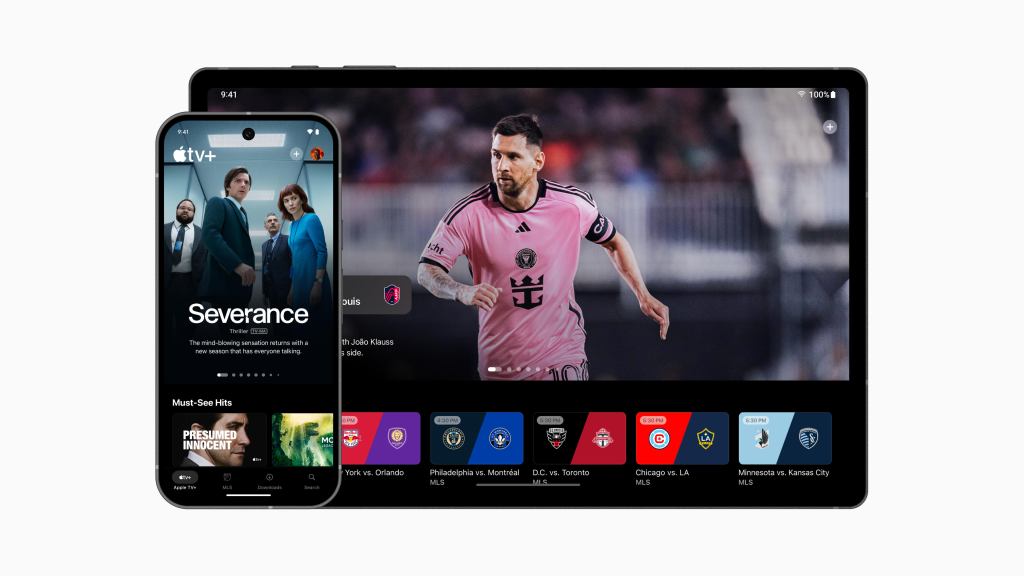Effective immediately, Facebook has implemented a new policy that limits the storage period for live videos to 30 days. Previously, these videos were retained indefinitely, but the platform has decided to align with industry standards and streamline its storage management.
Users whose live videos exceed 30 days will receive notifications and have 90 days to decide on their preferred action. They can download their videos to their local storage, transfer them to cloud services like Dropbox or Google Drive, or convert them into reels for continued availability on their Facebook pages.
Facebook emphasizes the availability of new download tools to facilitate bulk downloading or transfer. To download multiple live videos at once, users can select the “Download live videos” option from the deletion notification. They can also transfer videos to linked cloud storage providers by choosing the “Transfer live videos” option.
As part of the policy change, Facebook promotes its reels format as an alternative for preserving memorable moments. Users can convert their favorite segments from their live videos into reels, allowing them to remain accessible on their profiles even after the 30-day live video storage period expires.
This move aligns Facebook’s video storage practices with competitors like Twitch, which stores past broadcasts for 60 days for certain subscribers and 14 days for regular users. YouTube, another popular video platform, indefinitely stores live broadcasts by converting them into regular videos, unless users opt out of archiving.
Facebook has not provided a specific reason for the policy change, stating only that it aims to enhance the user experience for live video. Twitch and YouTube’s differing storage policies suggest that industry standards vary, but Facebook’s decision to follow the former may indicate a desire to streamline its platform and encourage the adoption of reels.
Original source: Read the full article on TechCrunch



